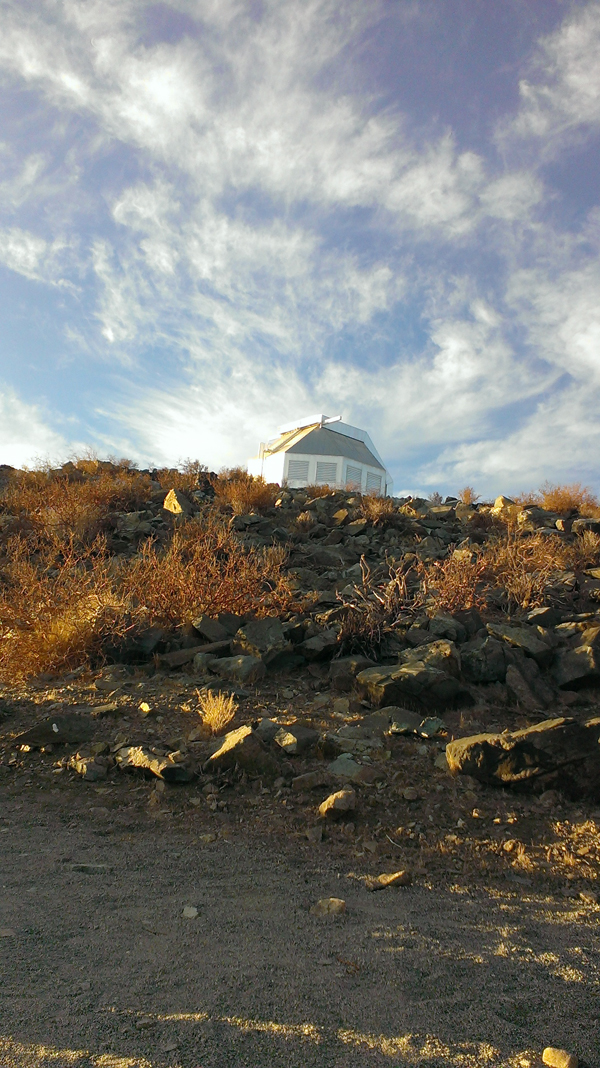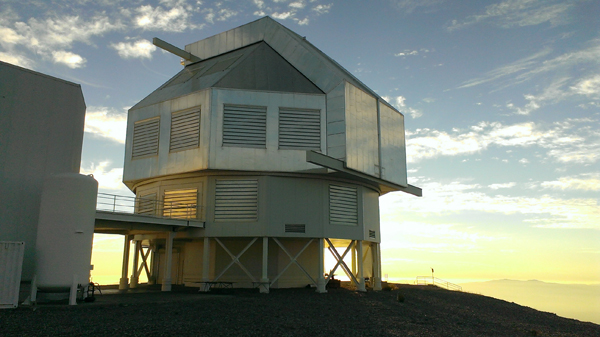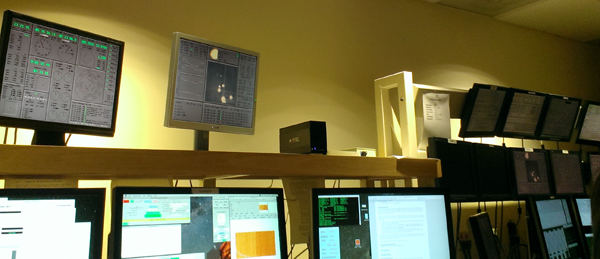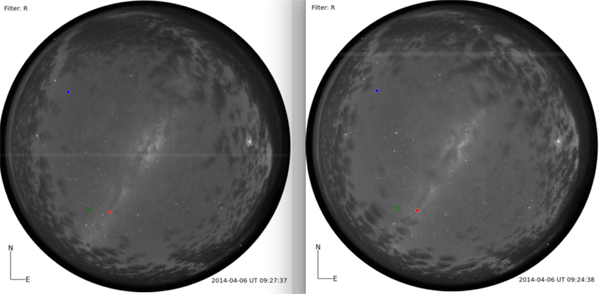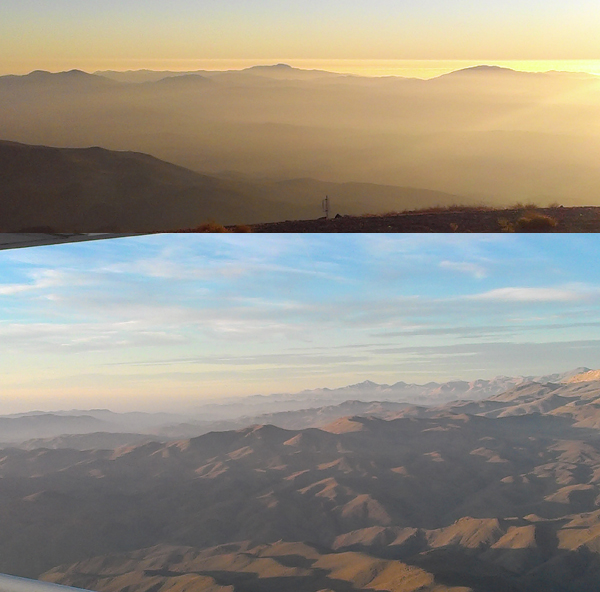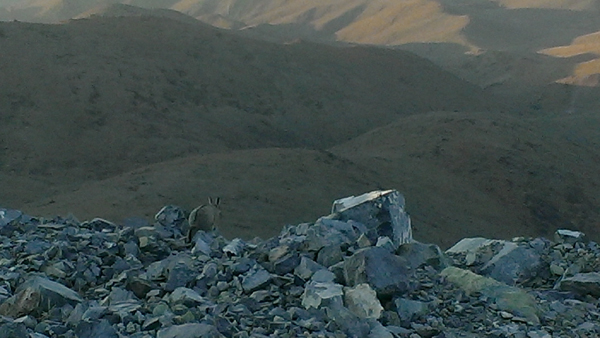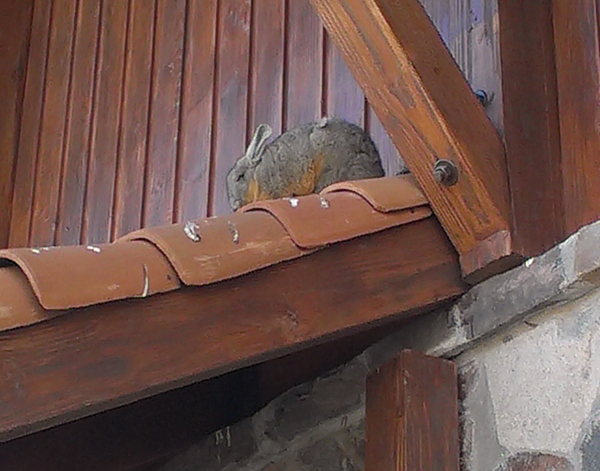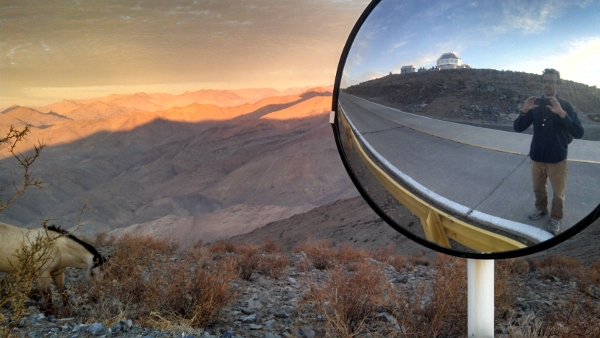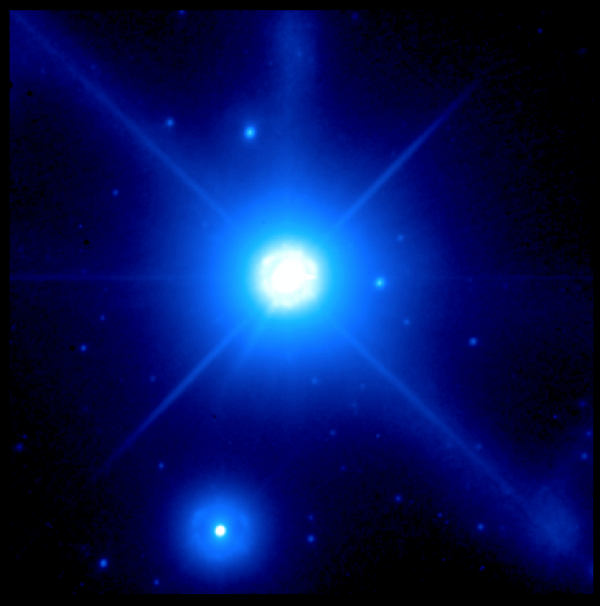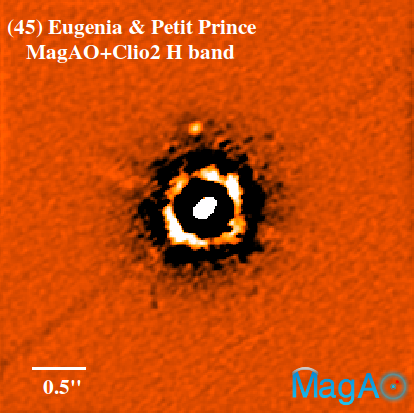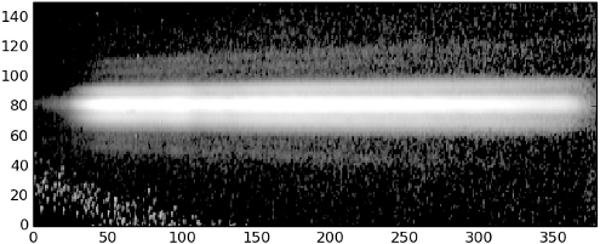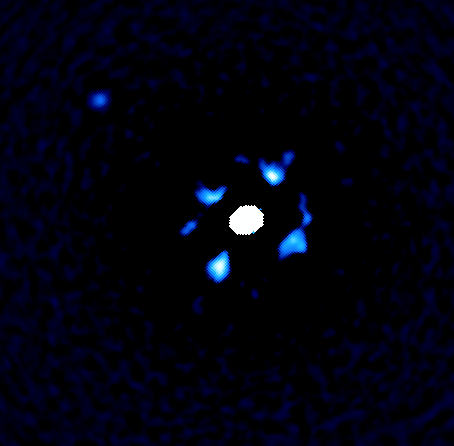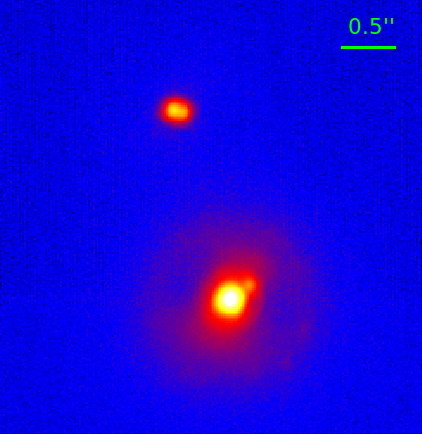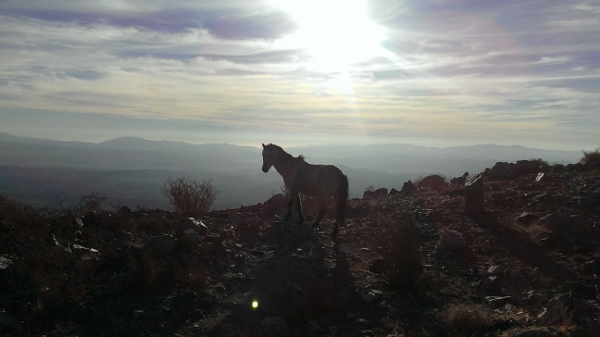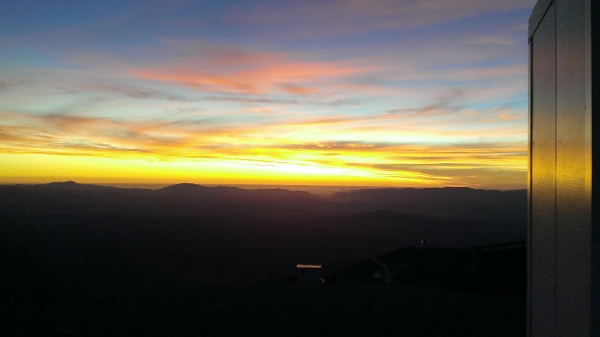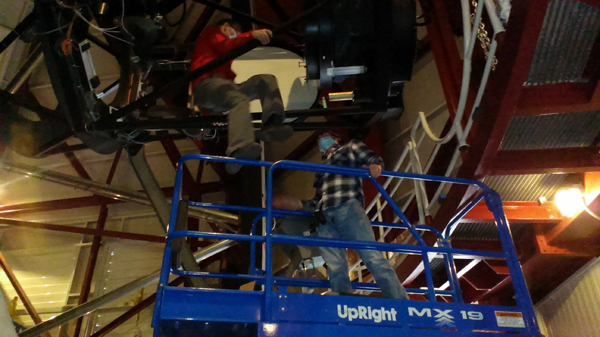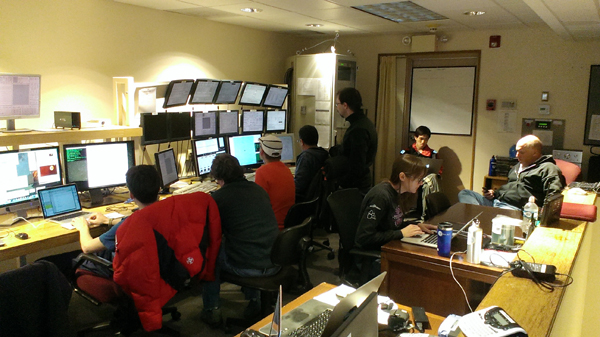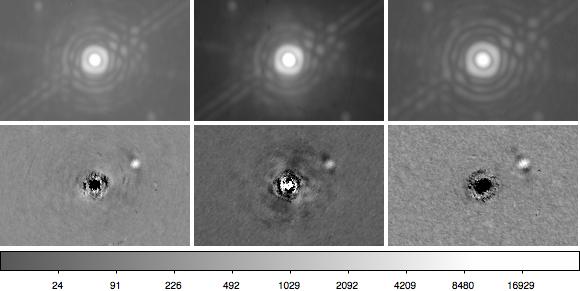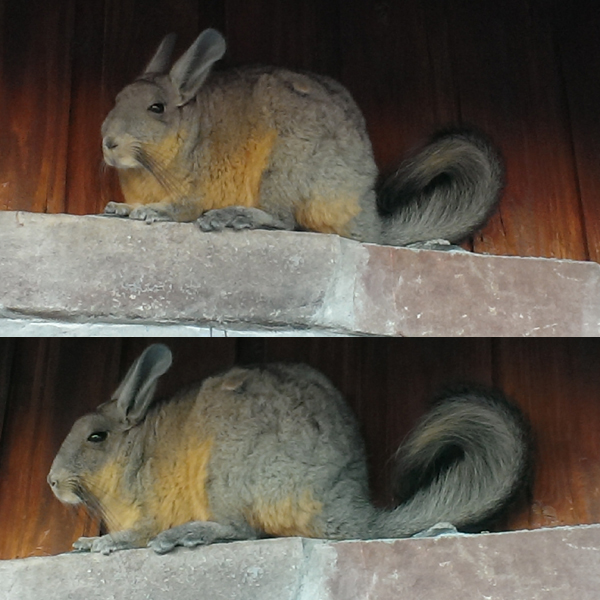We had another somewhat so-so night. Some high winds made it interesting, but there were few to no clouds and seeing was at least mediocre. But right at 4 am, when we switched targets, seeing blew up to more than 1.5 arcseconds. Sorry DZ — we aren’t doing this on purpose.
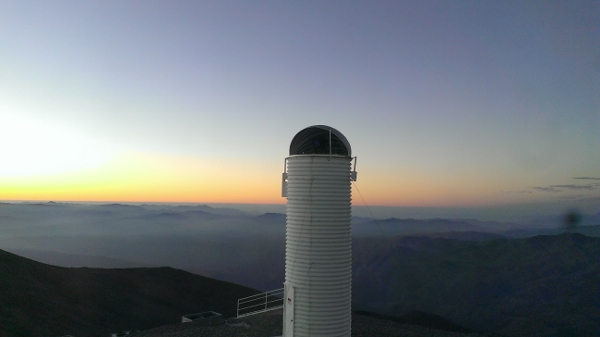
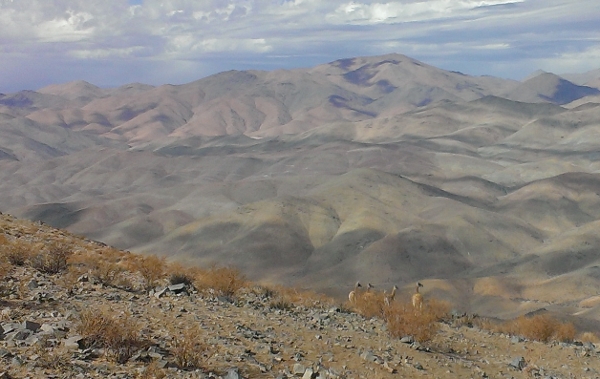
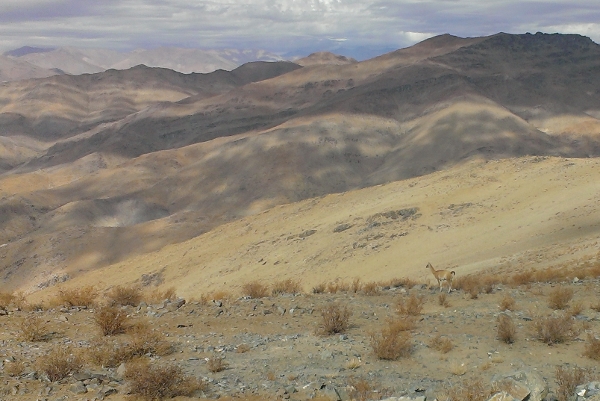
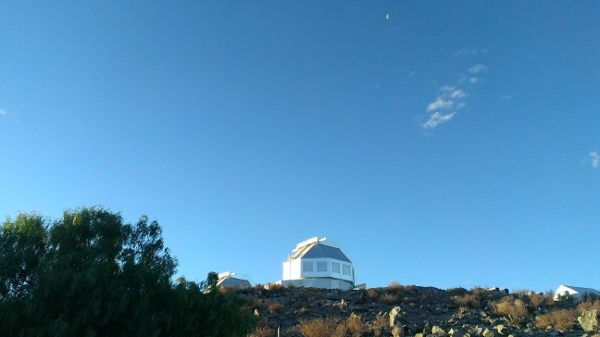
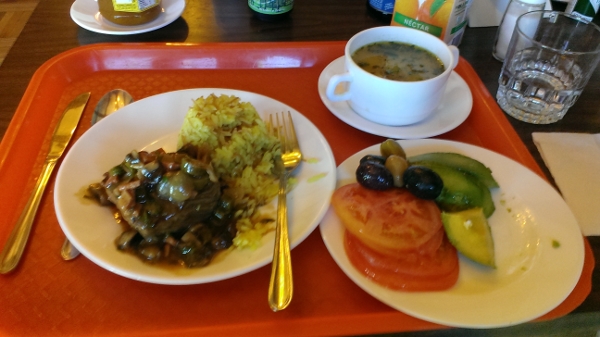
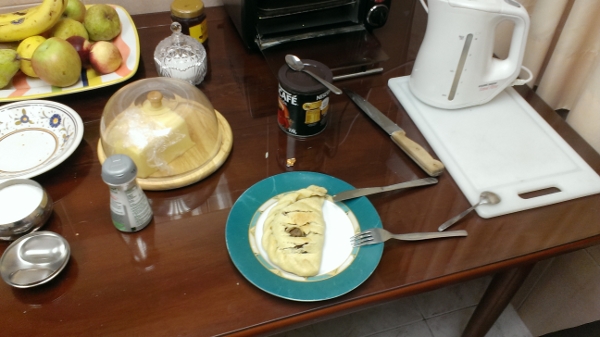
There have been several calls for the return of the quotes of the day. Here’s a sample from the last few days:
Jordan: “The problem with this AO system is that it stays closed for so long that it’s hard to find a bathroom break.”
Alfio: “I went there once to take their cheese.” (explaining that he has been to the Baade telescope).
Laird: “You fooled me by taking the data incompetently.” (to T. J.)
Finally, my song for the night is absolutely full of astronomical references. Free MagAO sticker to the first person who emails me a list (no googling, on your honor). In any case, you should listen to this with the volume at 11. Trust me, it’s better that way.
